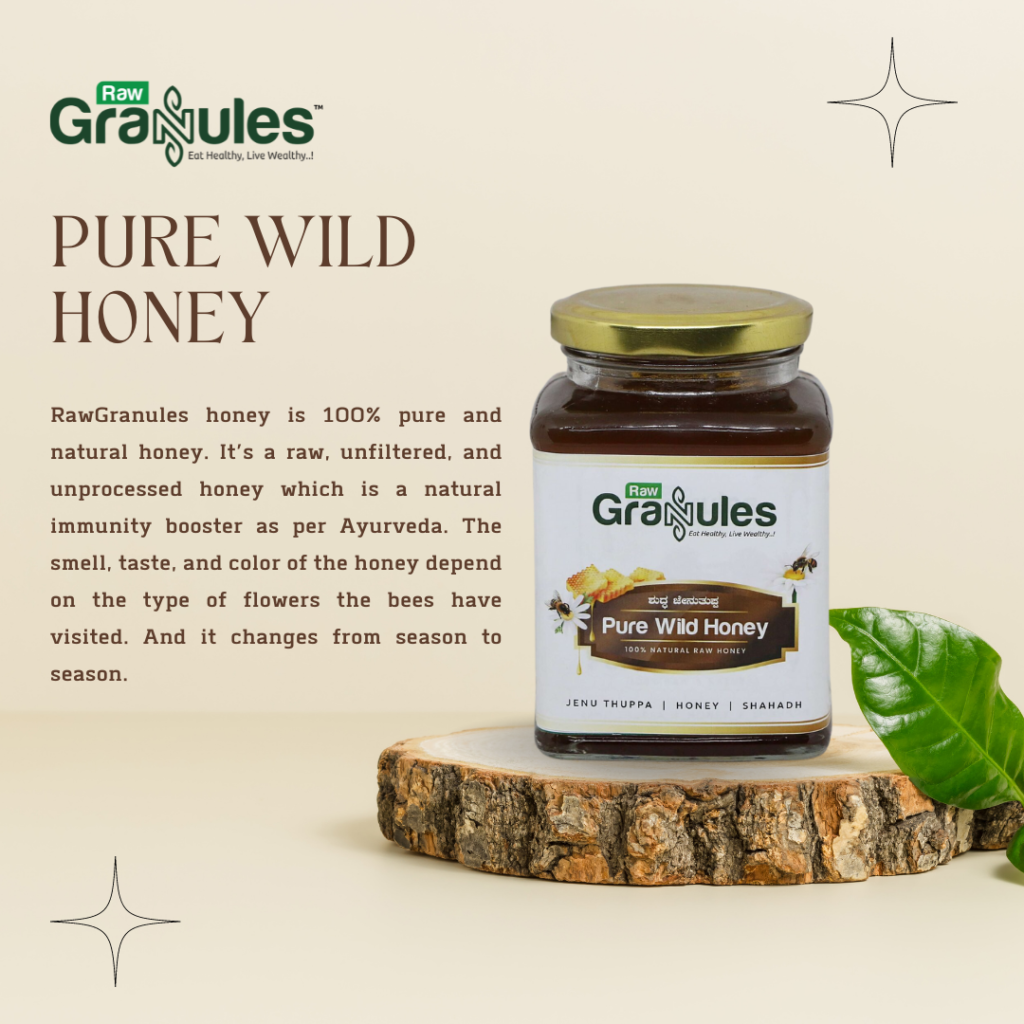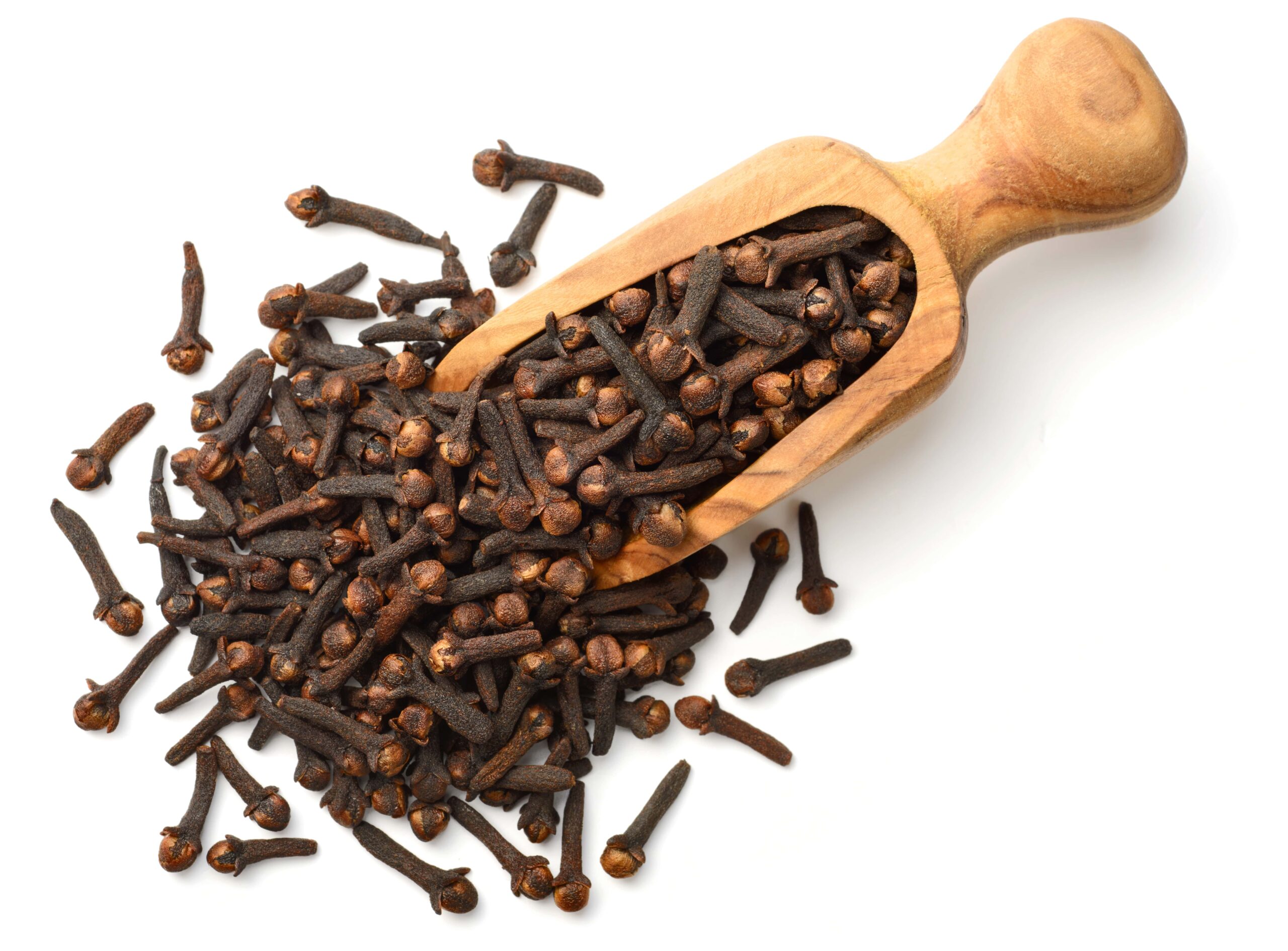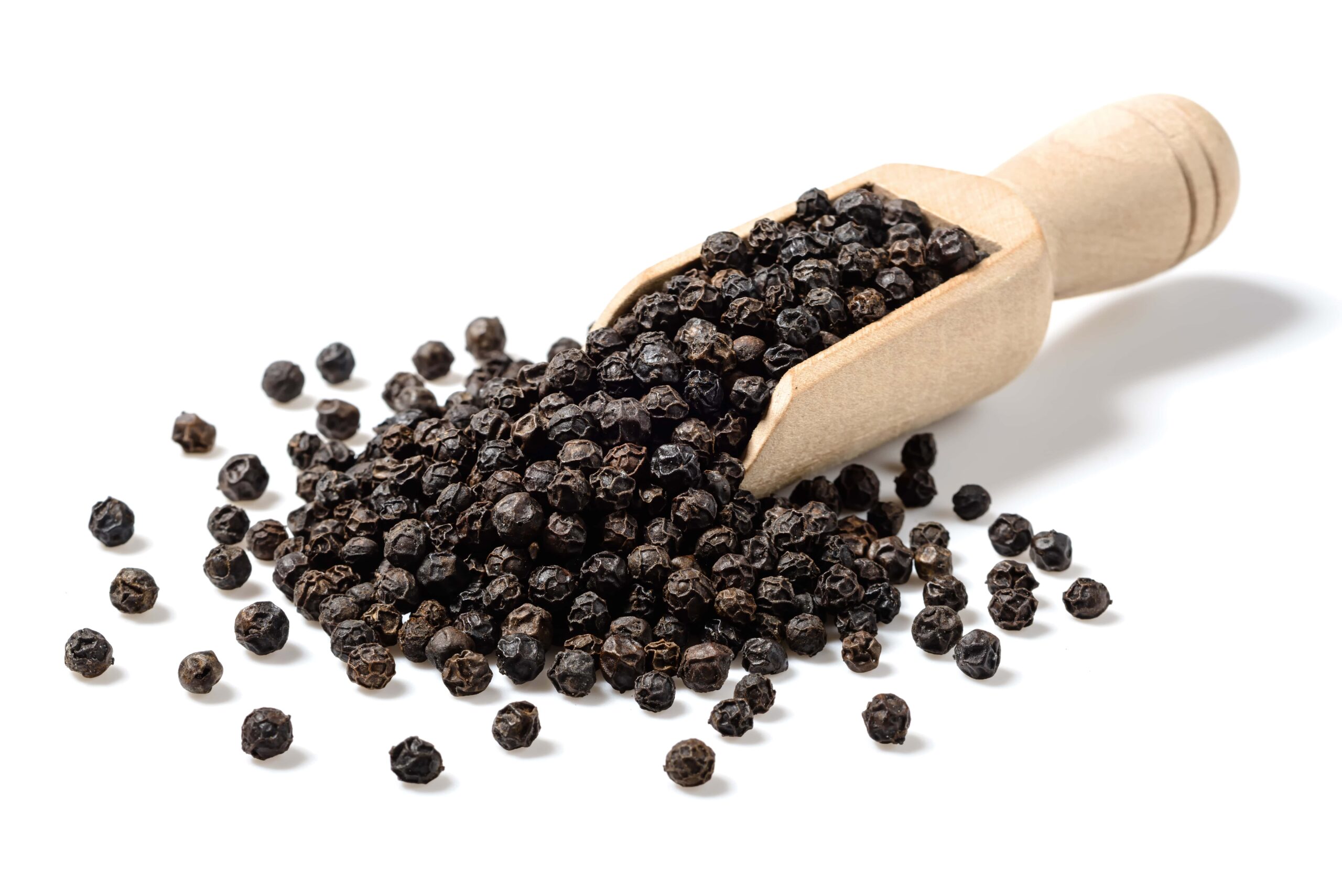Uses of Amla, Avla. Often termed “amla”, the indigestible husks of a large, aromatic shrub of the mango family, the Amalaki (Ricinus communis), is popularly cultivated for its seeds, which are dried and marketed for their use in foods. The dried amla is consumed both as an ingredient in cooking and as a poultice (dried medicated preparation used for the treatment of minor digestive disorders). It has been used in Ayurveda since ancient times for various treatments and as an antidote for fatal toxic metals. Ayurveda also considers it as an important source of dietary fiber and starch.
Avla in Ayurvedic medicine is considered an adaptogenic (help for the body to adjust to environmental changes) medicine, useful for those who live in cold climates and are less prone to allergies, asthma or rhinitis. Avla has been used to fight against diabetes, excess fat deposition in the body, kidney, gall bladder and liver problems, and to improve fertility. It is useful for treating chronic dysentery, especially in children. It balances the mineral and hormonal levels of the body and thus acts as a mild laxative, relieving constipation and improving the absorption of minerals in the intestines. Also, in the powdered form, avla creates a natural glow on the skin and enhances the radiance of the skin, particularly the hair.
One useful way to create a glowing skin is to apply all powder on your face before you apply a face mask or any other cosmetics, such as liquid foundations. Apply the powder on your face first and then dab or brush the rest of the cosmetics over the powder. Leave the powder on your face for about twenty minutes before washing with warm water. If you have very dry skin, you can use it twice a day, especially before applying your make-up to avoid the powder clogging your pores. To get a shiny complexion, use all powder on your teeth and gums.
























